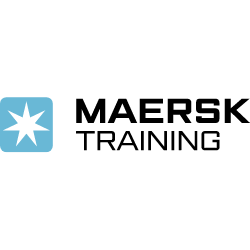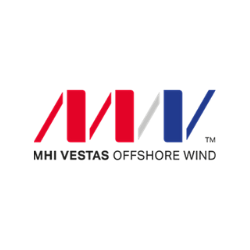Offshore Renewables
Download the Offshore Renewables video transcript. (Word, 16KB)

The closest port location to Round 1, 2 and 3 wind farms in the North Sea
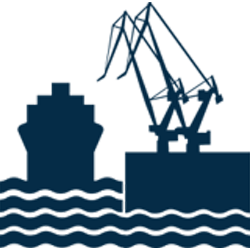
The Port of Immingham provides deep-water port facilities, ro-ro and container services

Grimsby’s offshore renewables cluster is supported by specialist training providers

14% skilled trade workers vs 10% Great Britain Average (% of workforce)
Grimsby is the operations and maintenance (O&M) hub at the centre of the UK’s offshore renewables sector, enabling fast access to domestic and European markets.
The UK’s leading offshore wind O&M cluster. Servicing 7 wind farms with more than 500 turbines in the North Sea.
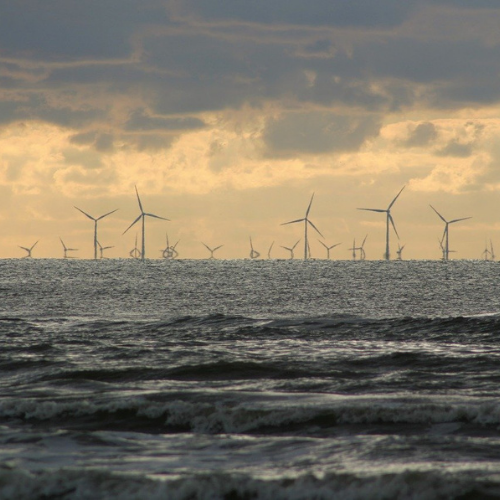
As the O&M-suitable port closest to the mouth of the Humber, Grimsby is optimally located for operations serving Hornsea and other major North Sea wind energy zones.
The port’s central location also enables fast access to offshore wind ports around the UK, and European markets.
Grimsby’s O&M cluster is well-established and growing. Companies located at the port include Ørsted, Siemens, E.ON, Triton Knoll/Innogy, RES and MHI Vestas. The wider Humber Energy Estuary cluster include Siemens (wind turbine blade manufacturing, Hull) and Able Marine Energy Park.
Wind Farm and Market Connectivity
The Port of Immingham provides offshore wind businesses with deep-water port facilities and frequent ro-ro and container services to Northern European and Scandinavian industry centres.
Humberside Airport (located less than 30 minutes’ drive time from Grimsby) is the UK’s 4th largest air transport helicopter base, with services supporting Hornsea and other North Sea wind farms.
European Market Access
80% of North Sea power zones and 60% of the European market (2020) are accessible within 12 hours’ steaming time of Grimsby and Immingham.


Skilled Labour Supply
Renewable Energy Workforce
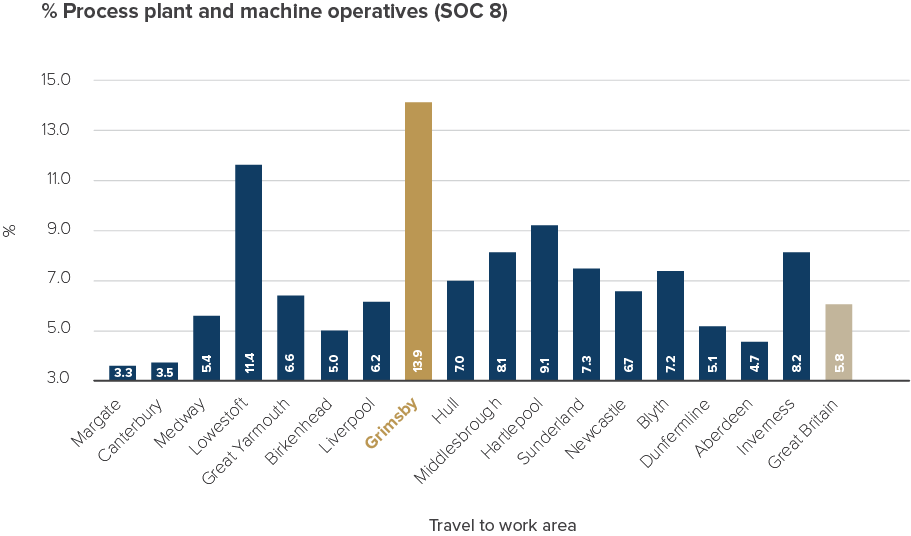
Source: ONS, UK Government, 2020 (% of all in employment; Travel to Work Areas)
The numbers in the chart above show that as a percentage of all employees (within the travel to work area) working in the process plant and machine operatives category, Grimsby’s skilled technical workforce is more than double the Great Britain average (13.9% vs 5.8%) and larger than those in key UK offshore wind locations.
| Location | % process plant and machine operatives (SOC 8) |
| Margate | 3.3% |
| Cantebury | 3.5% |
| Medway | 5.4% |
| Lowestoft | 11.4% |
| Great Yarmouth | 6.6% |
| Birkenhead | 5.0% |
| Liverpool | 6.2% |
| Grimsby | 13.9% |
| Hull | 7.0% |
| Middlesbrough | 8.1% |
| Hartlepool | 9.1% |
| Sunderland | 7.3% |
| Newcastle | 6.7% |
| Blyth | 7.2% |
| Dunfermiline | 5.1% |
| Aberdeen | 4.7% |
| Inverness | 8.2% |
| Great Britain average | 5.8% |
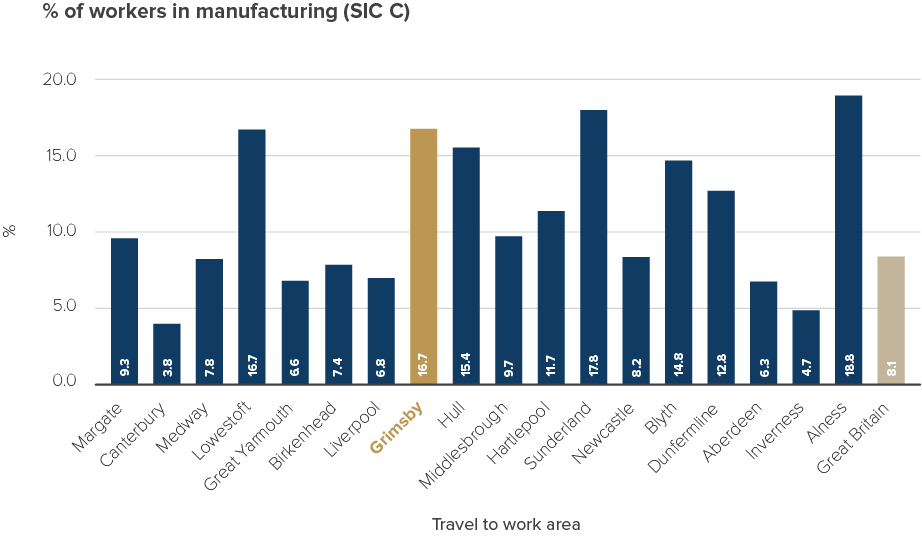
Source: ONS, UK Government, 2018 (employees; Travel to Work Areas)
The numbers in the chart above show that as a percentage of all employees (within the travel to work area) working in manufacturing, Grimsby’s manufacturing workforce is double the Great Britain average (16.7% versus 8.1%).
| Location | % workers in manufacturing (SIC C) |
| Margate | 9.3% |
| Cantebury | 3.8% |
| Medway | 7.8% |
| Lowestoft | 16.7% |
| Great Yarmouth | 6.6% |
| Birkenhead | 7.4% |
| Liverpool | 6.8% |
| Grimsby | 16.7% |
| Hull | 15.4% |
| Middlesbrough | 9.7% |
| Hartlepool | 11.7% |
| Sunderland | 17.8% |
| Newcastle | 8.2% |
| Blyth | 14.8% |
| Dunfermiline | 12.8% |
| Aberdeen | 6.3% |
| Inverness | 4.7% |
| Alness | 18.8% |
| Great Britain average | 8.1% |



